
If you think of iconic 1970s fashion, you think of bell-bottoms, wide collars, and the shoes have to be platforms. Though the style has literally been around for centuries, platform shoes are inexorably linked with the 70s.
They’ve been worn throughout history: Greek actors used them to elevate important characters on the stage, and in the Middle Ages they had a very practical purpose – to keep your feet from getting wet. But the first modern platform shoe came about in the early 1930s, and was famously worn by Marlene Dietrich. It experienced a degree of popularity among Beverly Hills elites, but didn’t go mainstream.
The platform sandal came in 1938. It was called “The Rainbow” in honor of Judy Garland and her signature song, “Over the Rainbow” from The Wizard of Oz. The sandal was created by Salvatore Ferragamo, whose inspiration came not from the Beverly Hills styles, but from necessity. Wartime rationing led Ferragamo to use wood and cork for the sole.
The platform basically disappeared during the 1950s, and didn’t rear its ugly heel until the end of the 1960s. This was a time of experimentation – all traditions and conservative styles were jettisoned in favor of anything that pushed the envelope. The platform was unleashed in teen magazines and by the 1970s, it was the rage. Musicians took the platform to new heights (pun intended) – perhaps to the ultimate extreme by KISS. But more moderate versions were everyday-wear for millions, and they were the perfect compliment to a pair of bell-bottoms.
The platform’s popularity lasted through the early 1980s, then basically fell off the map again. Since then, it pops up here and there, but in no way approaches its previous grandeur. As a tribute to the once-great platform – here are some images from when platforms ruled the earth.
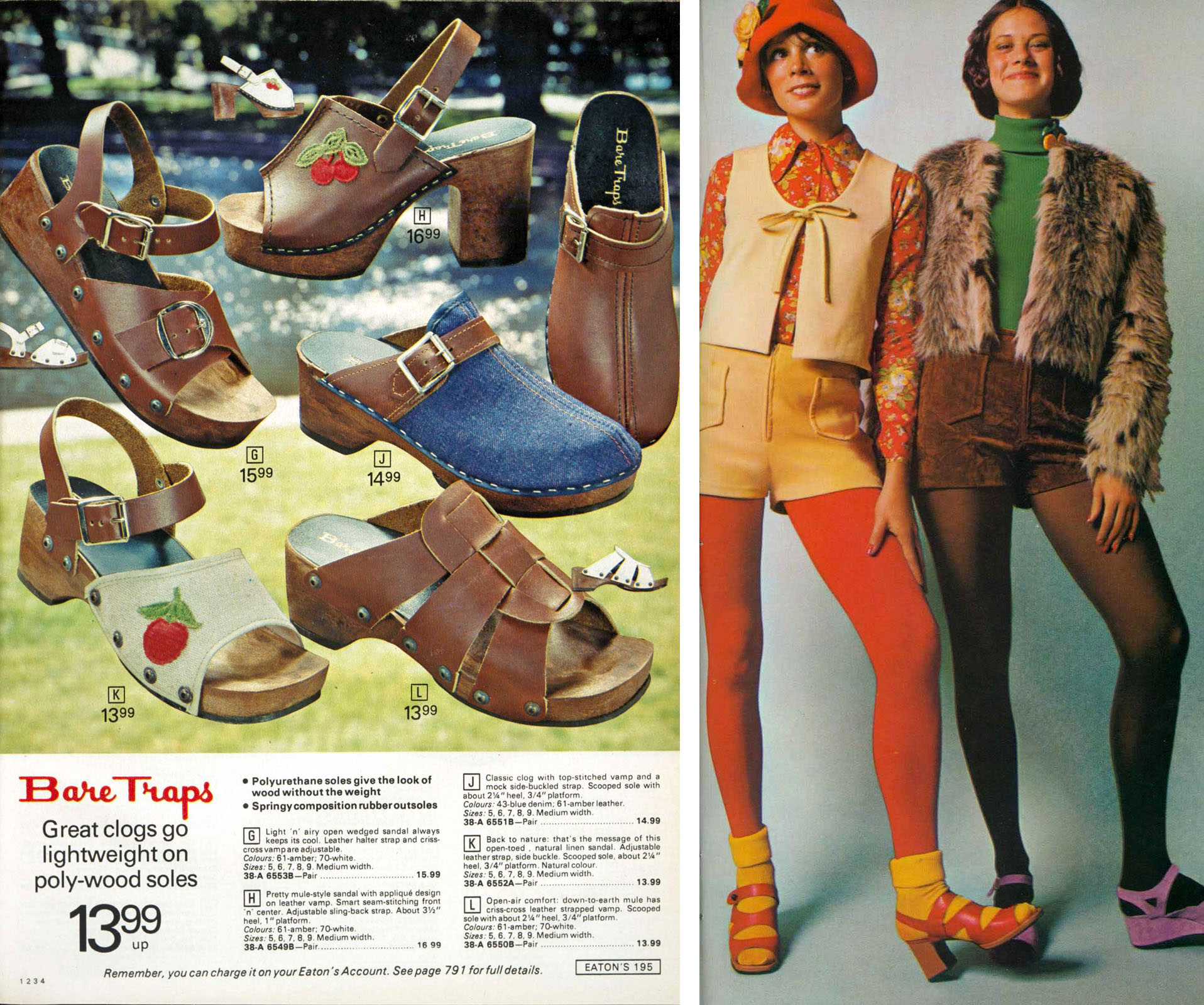
(L) The platform clog [H], and (R) platform sandals worn with tights – a style that could only exist in the 70s.
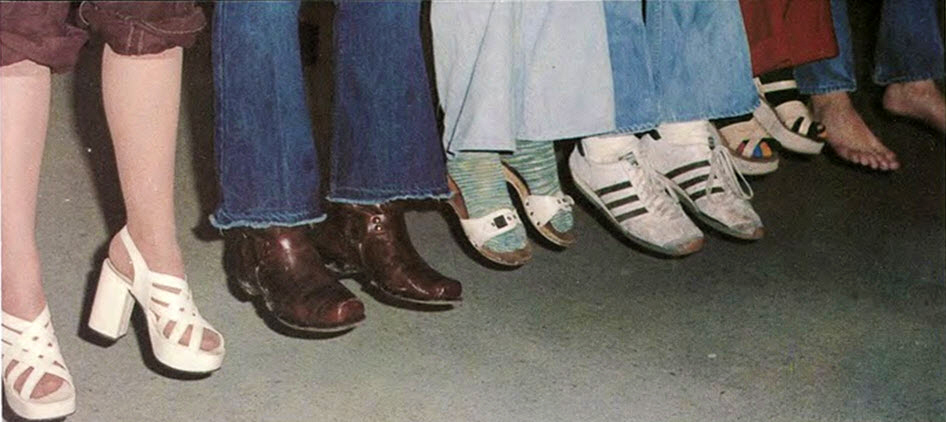
Go to any high school in the 1970s and take stock of the footwear. You’re bound to find a platform sandal wherever you looked.
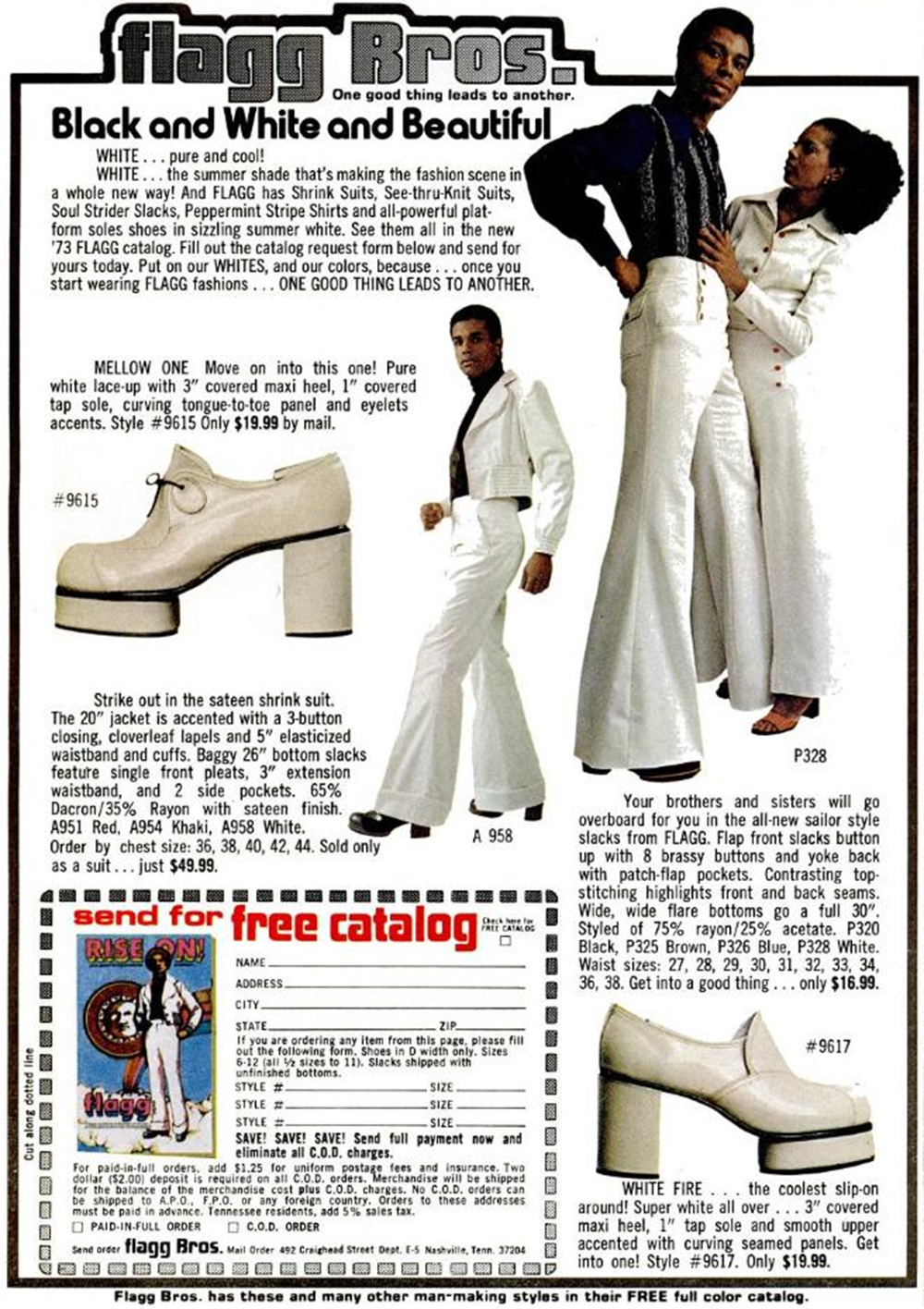
The platform shoe was embraced by black culture in the 1970s. The more extreme heights might be negatively labeled “pimpwear” today, but was “the look” for urban African Americans back in the day.
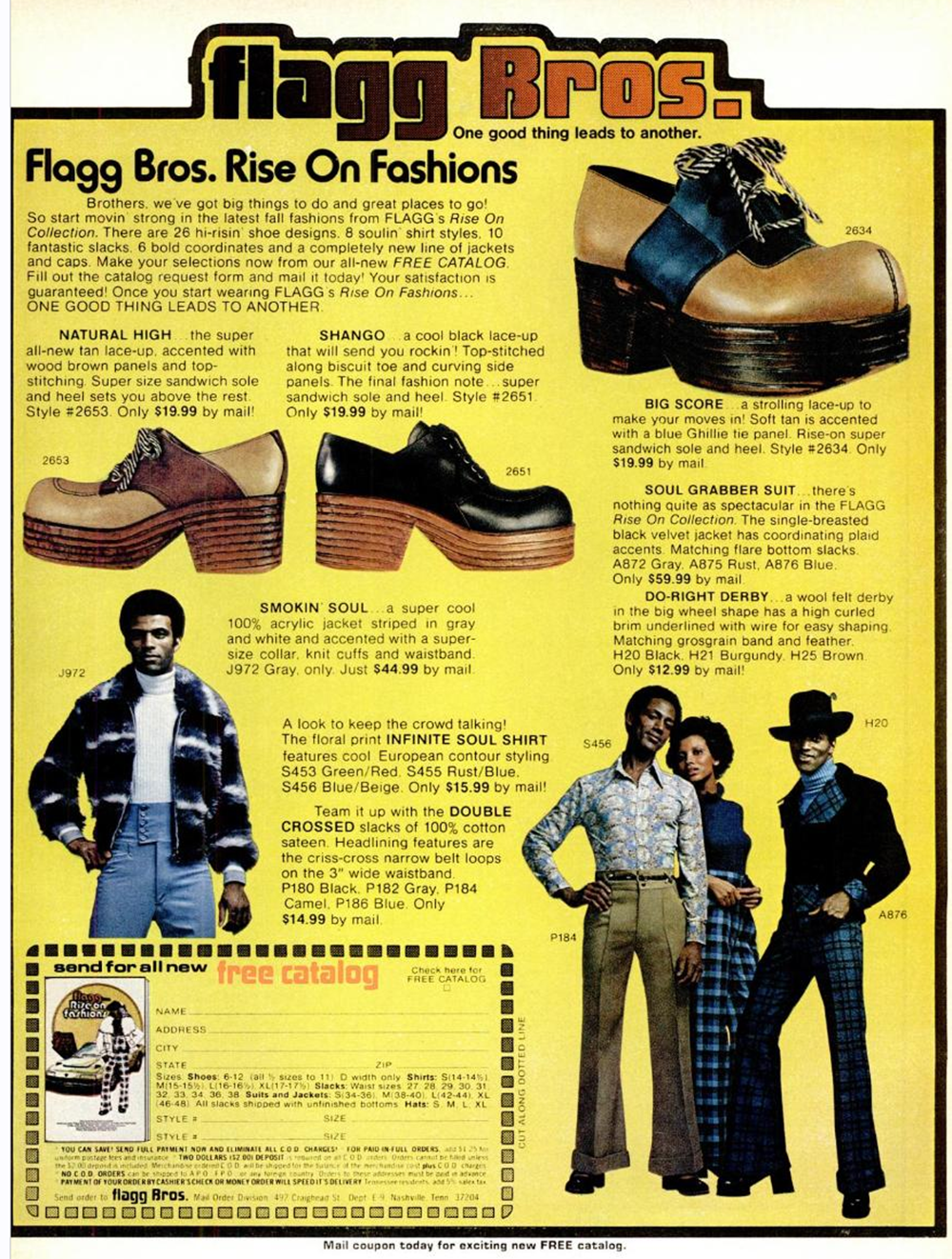
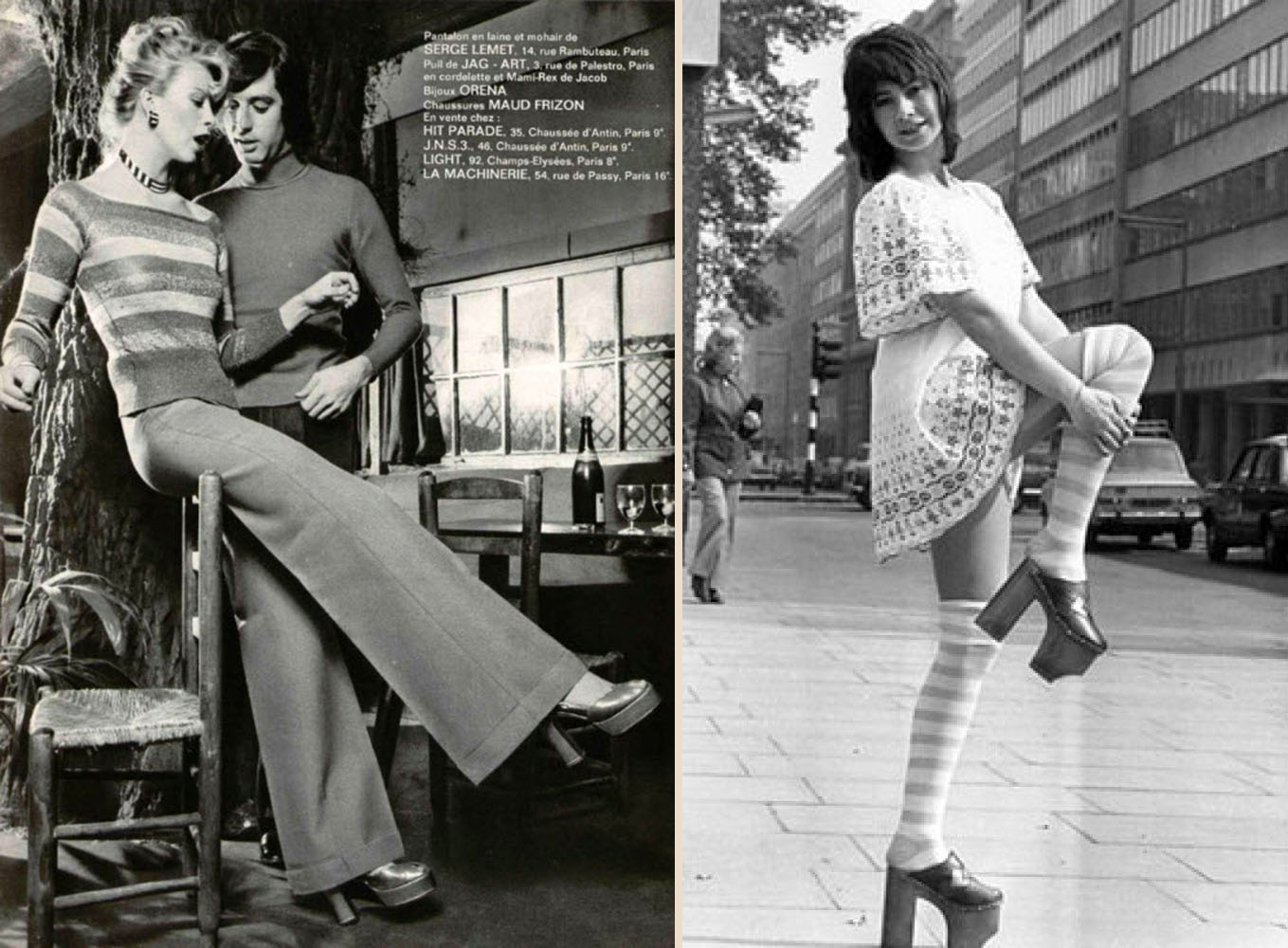
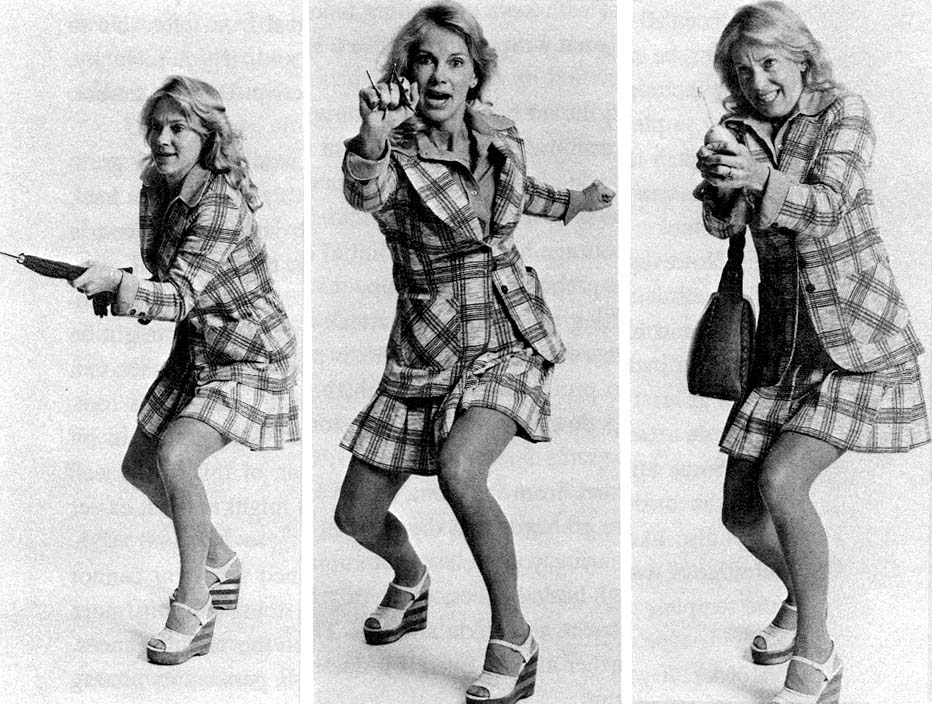
This illustration from a 1975 guide on self-defense, shows that platforms aren’t going to prevent you from being nimble enough to kick an attacker’s ass.
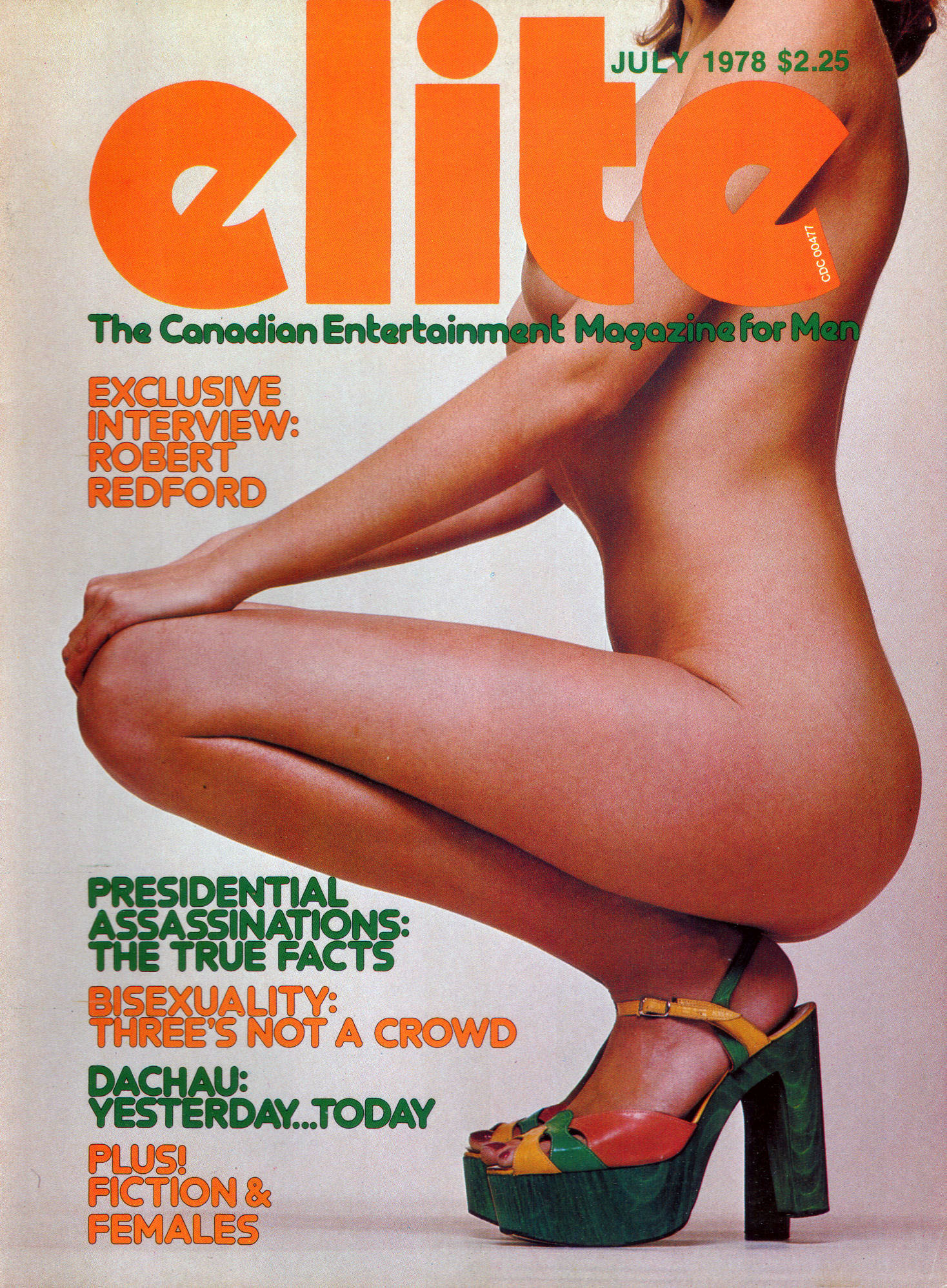
It’s Canada and it’s 1978 – the platform is still enjoying widespread popularity.

Platform boots from 1974
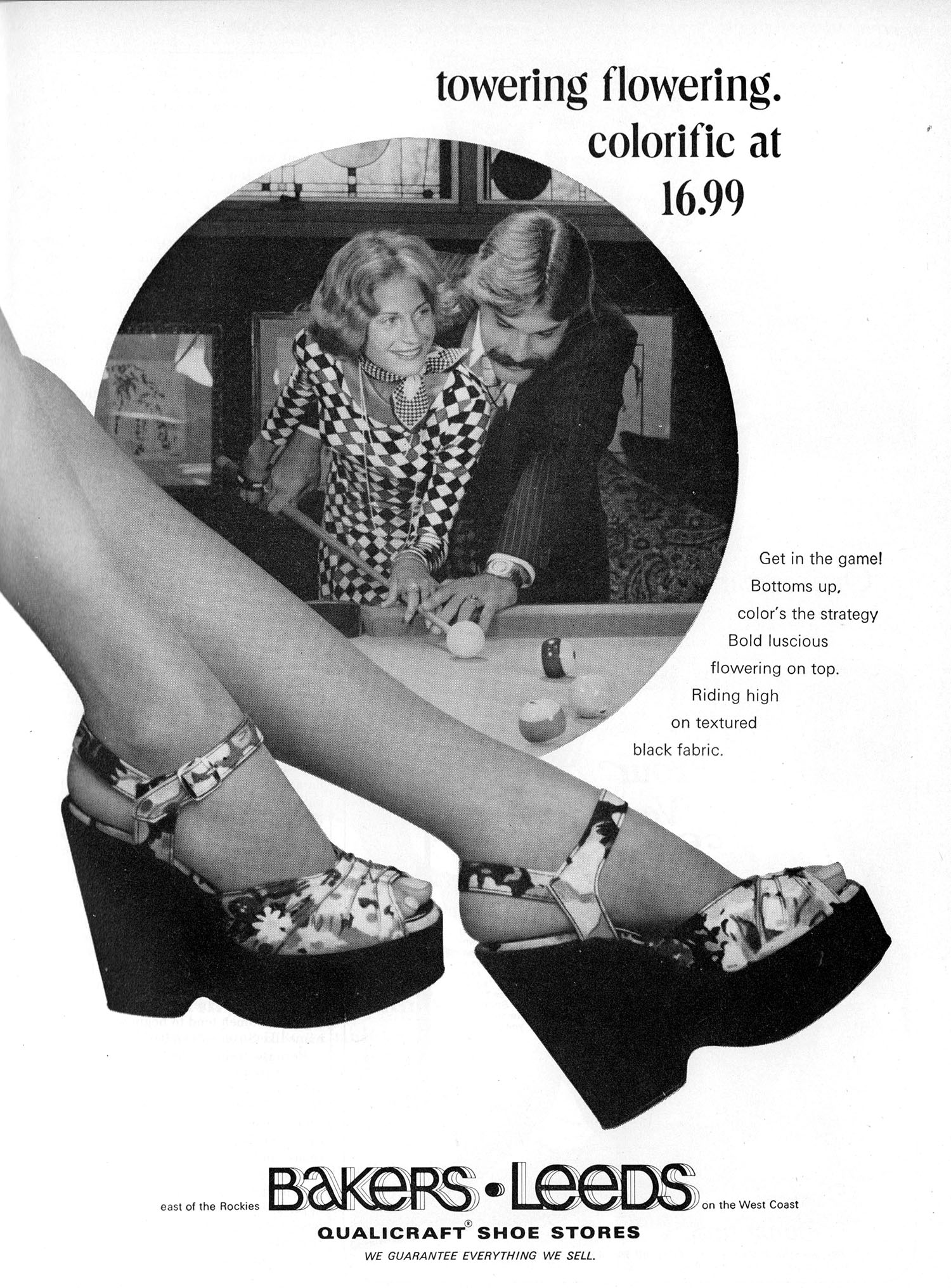
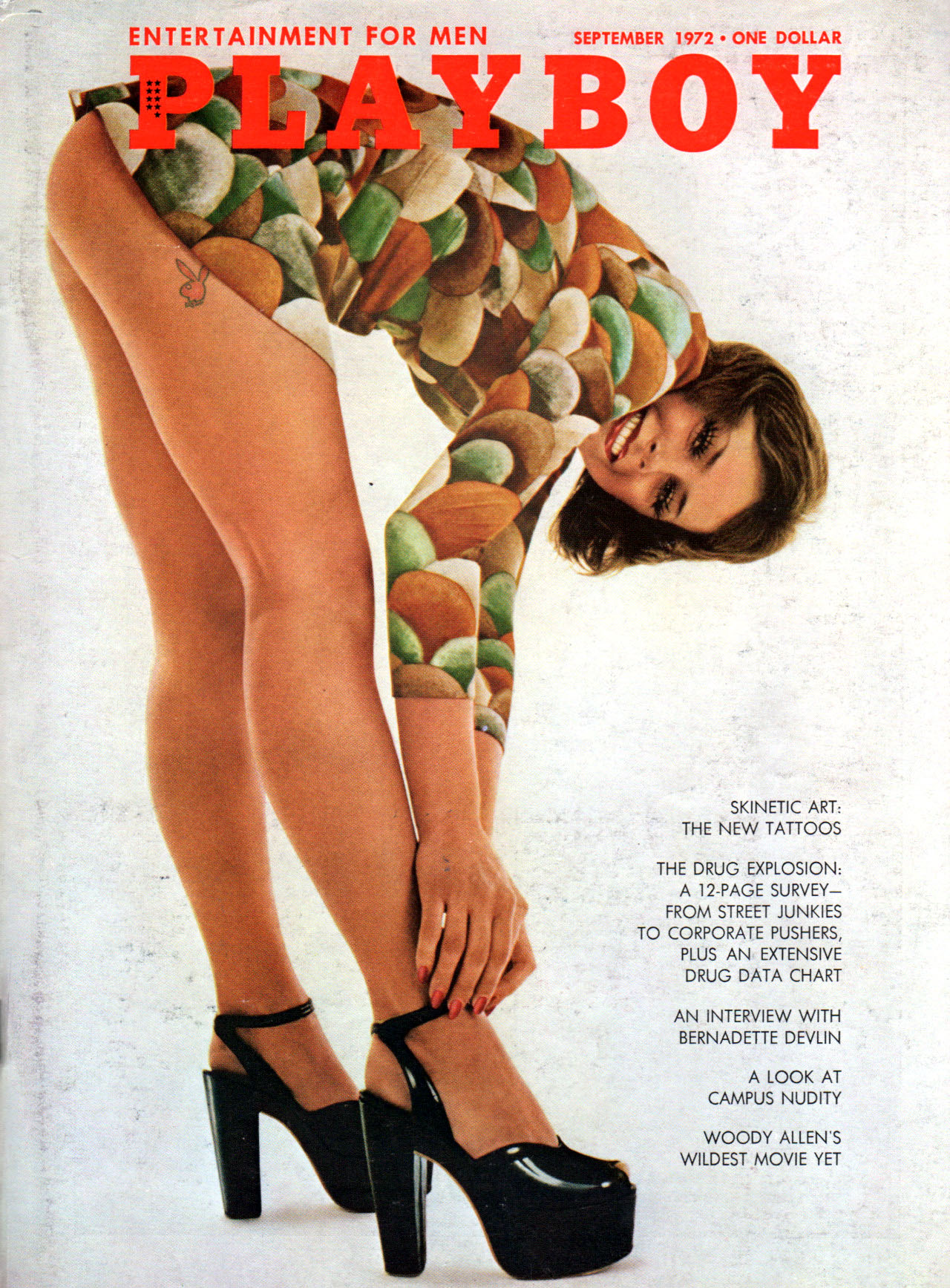
In 1972, gargantuan platforms make it to the cover of Playboy

Pink bell-bottoms, pink platforms and a pink 1973 Volvo.

LOOK magazine, April 1971

Groupies – Creem magazine, August 1974
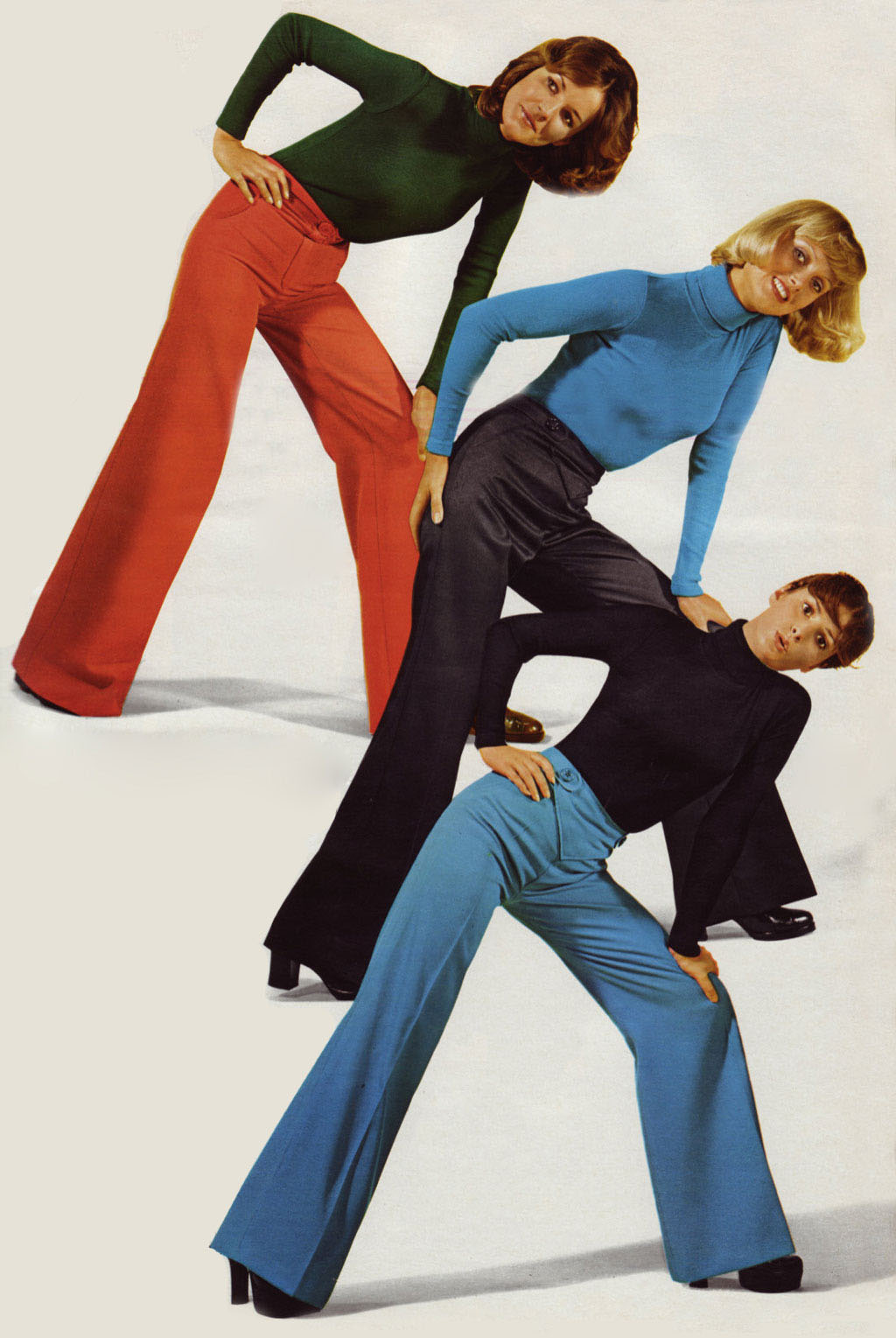
As I mentioned, platforms were the perfect compliment to an ultra-wide bell-bottom. They kept your cuffs from dragging the ground. The thing with bell-bottoms was that they had to extend to basically the bottom of your shoe, or they looked ridiculous flapping around your ankle. The platform was the perfect solution.

White platform sandals with that outfit? Even in the seventies that was a fashion faux pas.
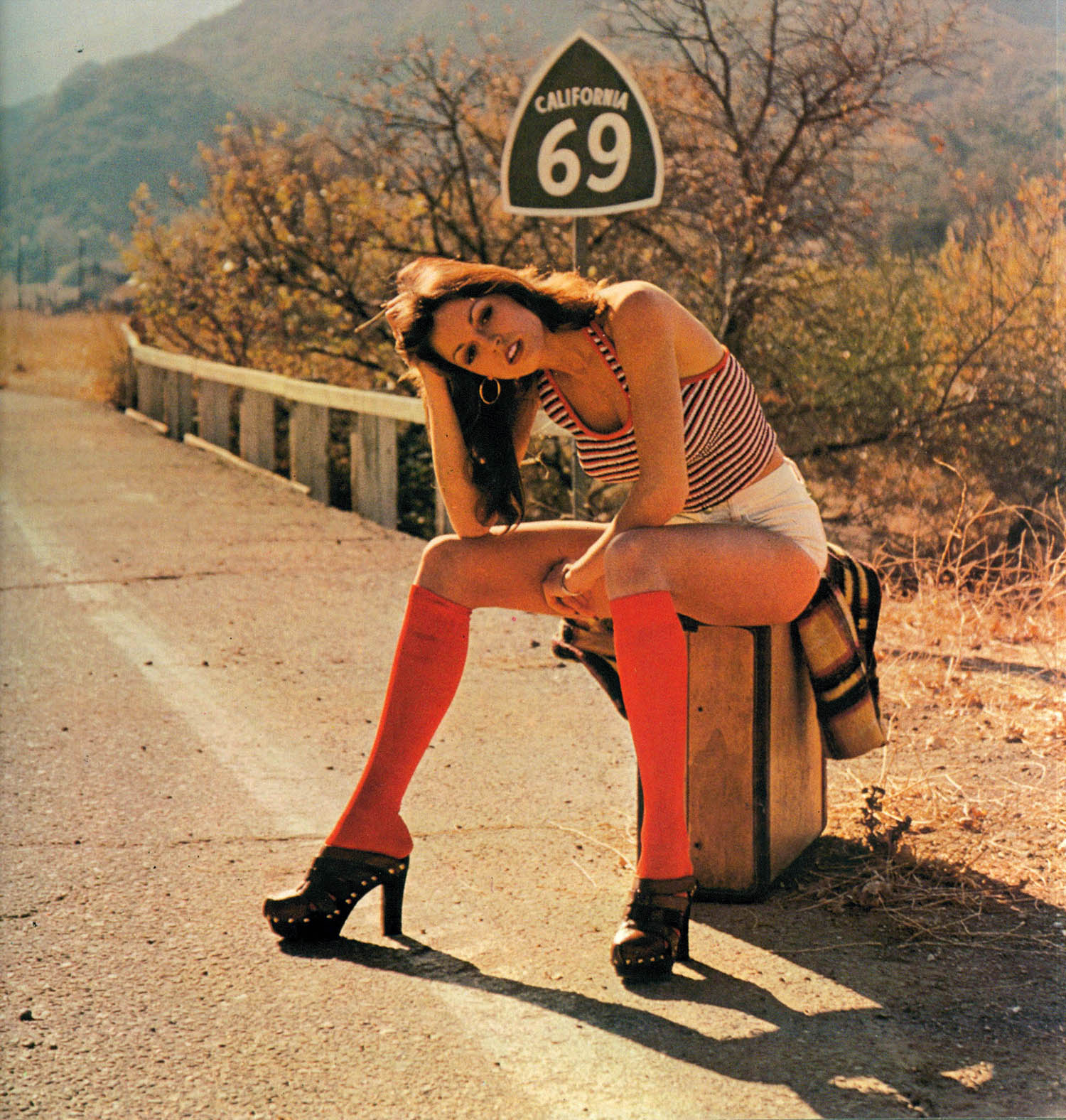
Platform clogs with knee-high red socks; sounds bad on paper, but in practice not too shabby.
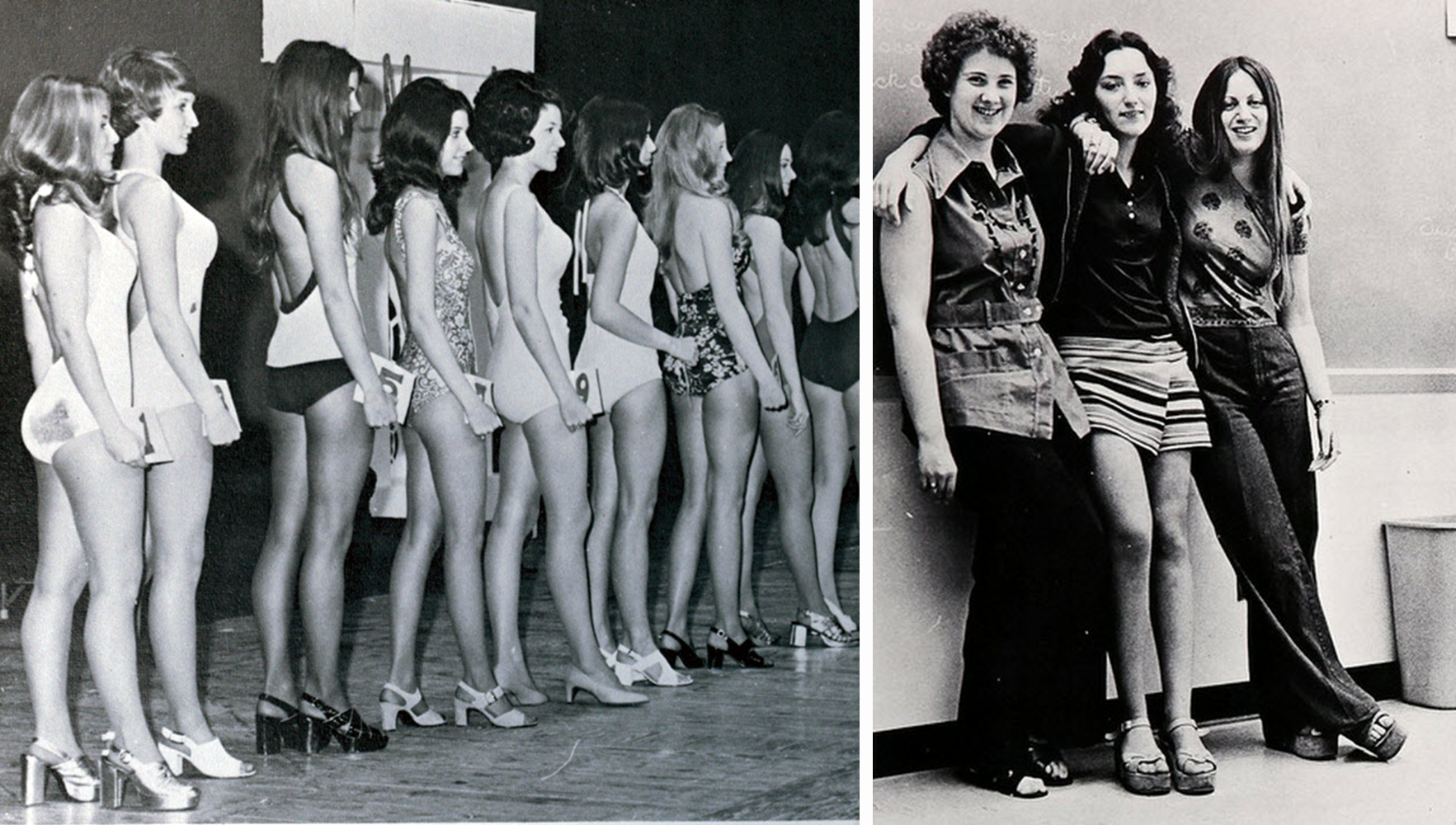
Even at a swimsuit pageant, the almighty platform is well represented.

Anyway, we could go on all day about platforms, but I think we’ve done them justice. Cheers!
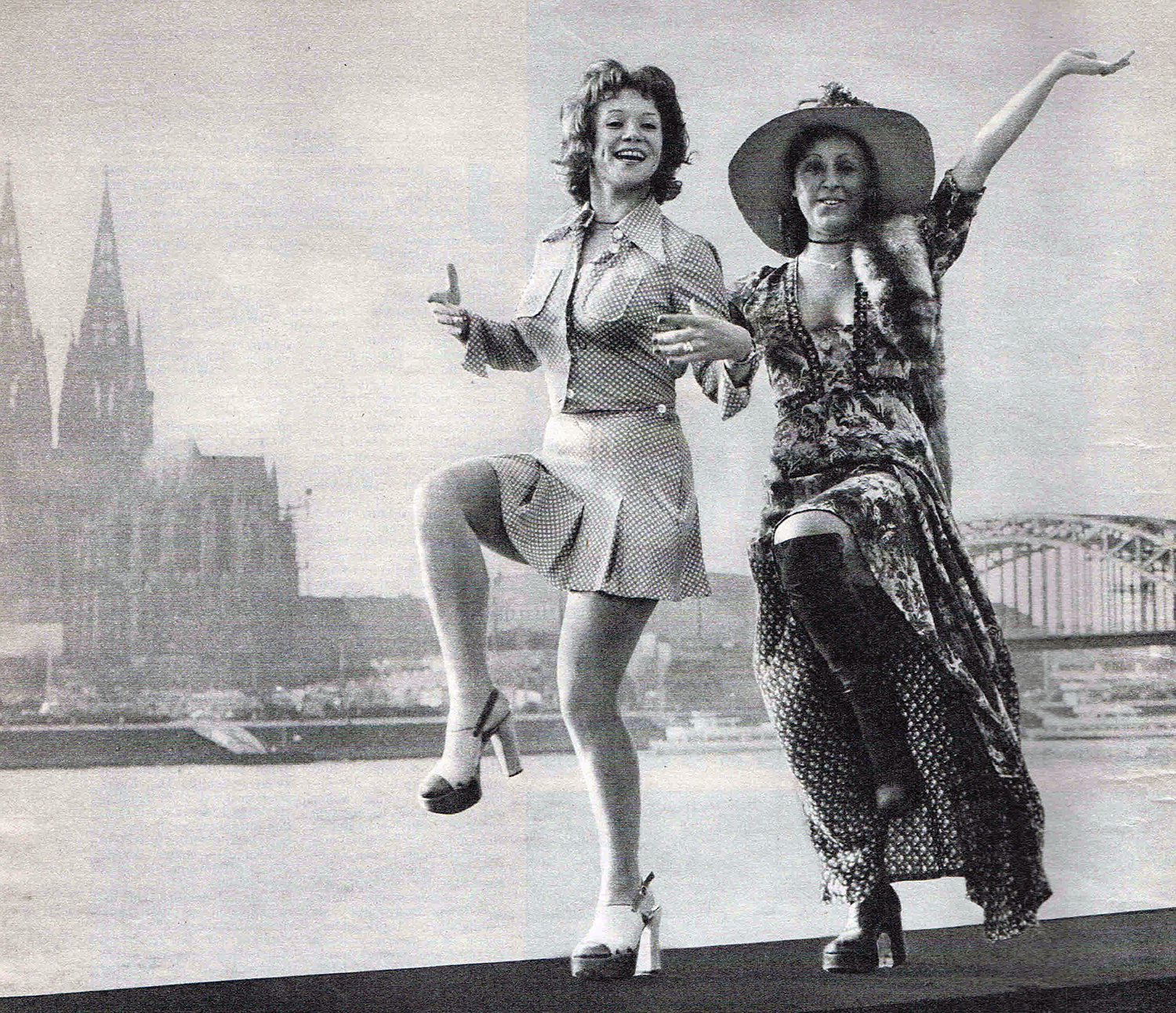
Would you like to support Flashbak?
Please consider making a donation to our site. We don't want to rely on ads to bring you the best of visual culture. You can also support us by signing up to our Mailing List. And you can also follow us on Facebook, Instagram and Twitter. For great art and culture delivered to your door, visit our shop.






